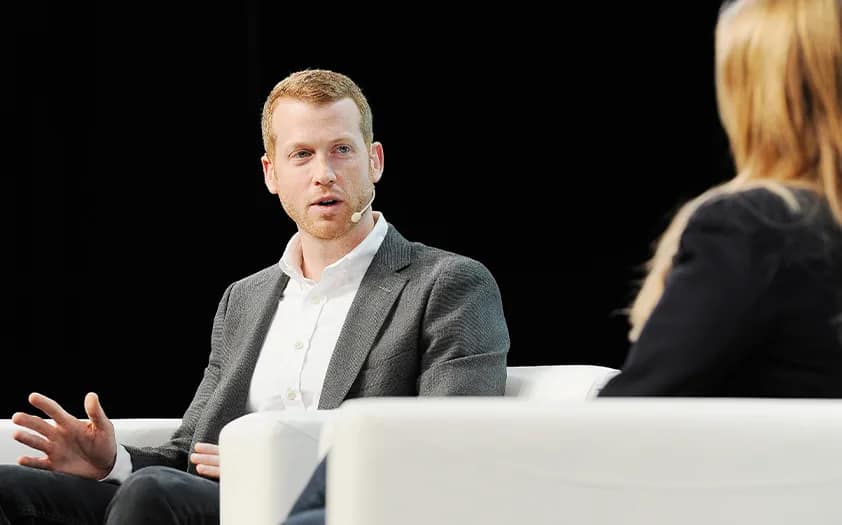Vogt’s sudden departure amplifies Cruise’s challenges, with a voluntary recall and public road suspensions creating waves in the autonomous vehicle sector.
TWC Magazine – In a surprising turn of events, Cruise CEO and co-founder Kyle Vogt has announced his resignation from the helm of the General Motors-owned autonomous vehicle venture, as revealed in a statement provided to CNBC on a fateful Sunday.
Cruise wasted no time appointing Mo Elshenawy, the former Executive Vice President of Engineering at Cruise, as the new President and Chief Technology Officer (CTO). The swift change in leadership comes amidst a series of setbacks for Cruise, highlighted by a voluntary recall impacting 950 robotaxis and a suspension of all vehicle operations on public roads.
Vogt took to X (formerly Twitter) to confirm his exit, sharing that he intends to dedicate time to family matters and explore new ventures.
Though he remained tight-lipped about the reasons behind his departure, Vogt expressed unwavering confidence in Cruise’s future. In his social media post, he conveyed, “Cruise is still just getting started, and I believe it has a great future ahead. The folks at Cruise are brilliant, driven, and resilient. They’re executing on a solid, multi-year roadmap and an exciting product vision. I’m thrilled to see what Cruise has in store next!”
Vogt’s departure shadows a tumultuous period for Cruise, marked by operational mishaps. A voluntary recall was initiated, affecting nearly a thousand robotaxis, following a string of incidents that drew criticism from various quarters, including first responders, labor activists, and local officials, particularly in San Francisco.
One notable incident occurred in October when a human-driven vehicle collided with a pedestrian in San Francisco at night, propelling her into the path of a Cruise self-driving car. The aftermath saw the autonomous vehicle inadvertently driving over and dragging the unfortunate pedestrian. The severity of the incident prompted the California Department of Motor Vehicles (DMV) to suspend Cruise’s deployment and testing permits for its autonomous vehicles.
In its orders of suspension to Cruise, the California DMV accused the company of failing to provide a transparent account of the events leading up to the pedestrian collision. Simultaneously, the National Highway Traffic Safety Administration (NHTSA) investigated Cruise to determine whether its automated driving systems exercised appropriate caution around pedestrians in the roadway.
As Cruise navigates through these challenges, the industry watches closely, eager to witness the course set by the new leadership and the unfolding of Cruise’s promising yet tumultuous journey in autonomous driving.

